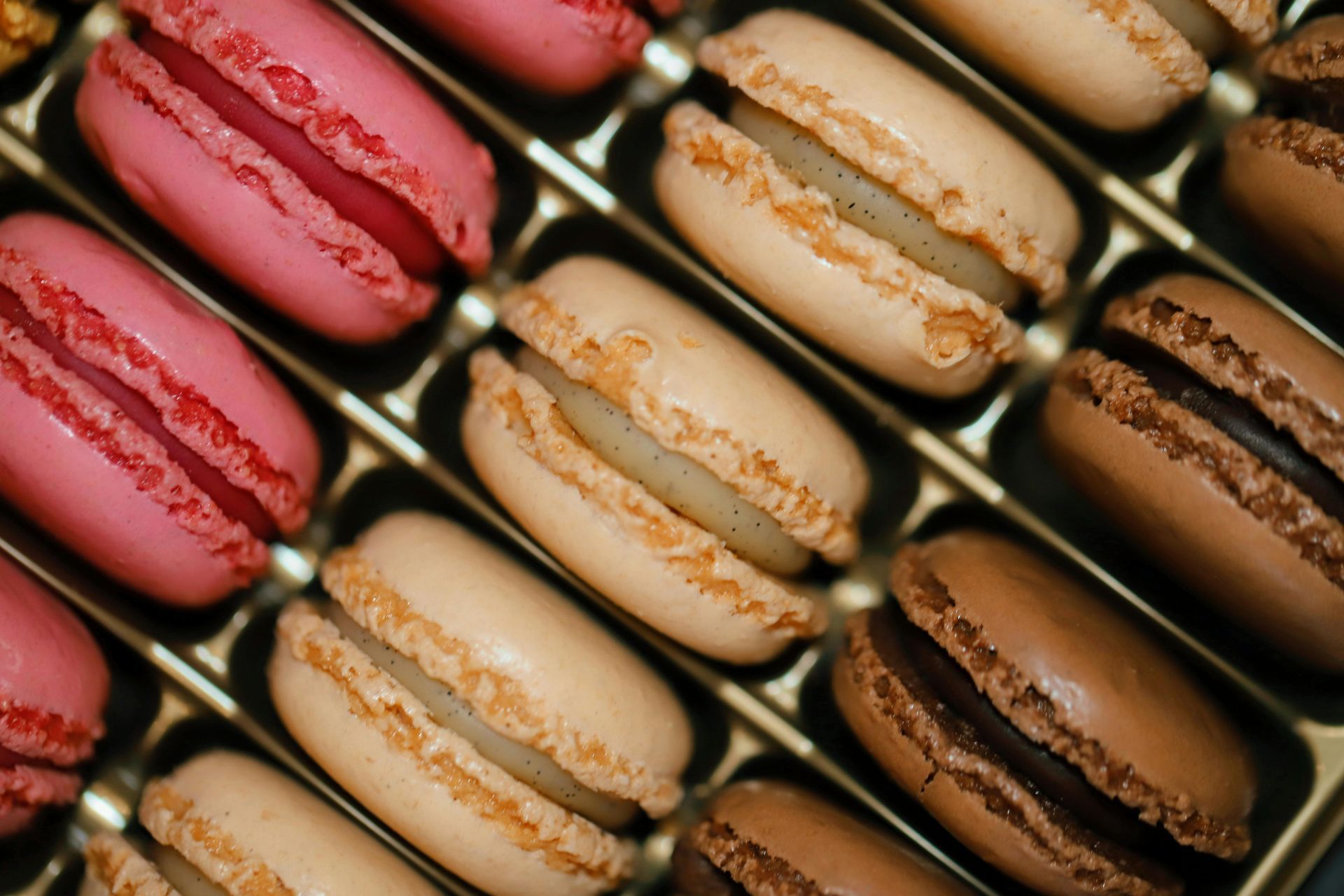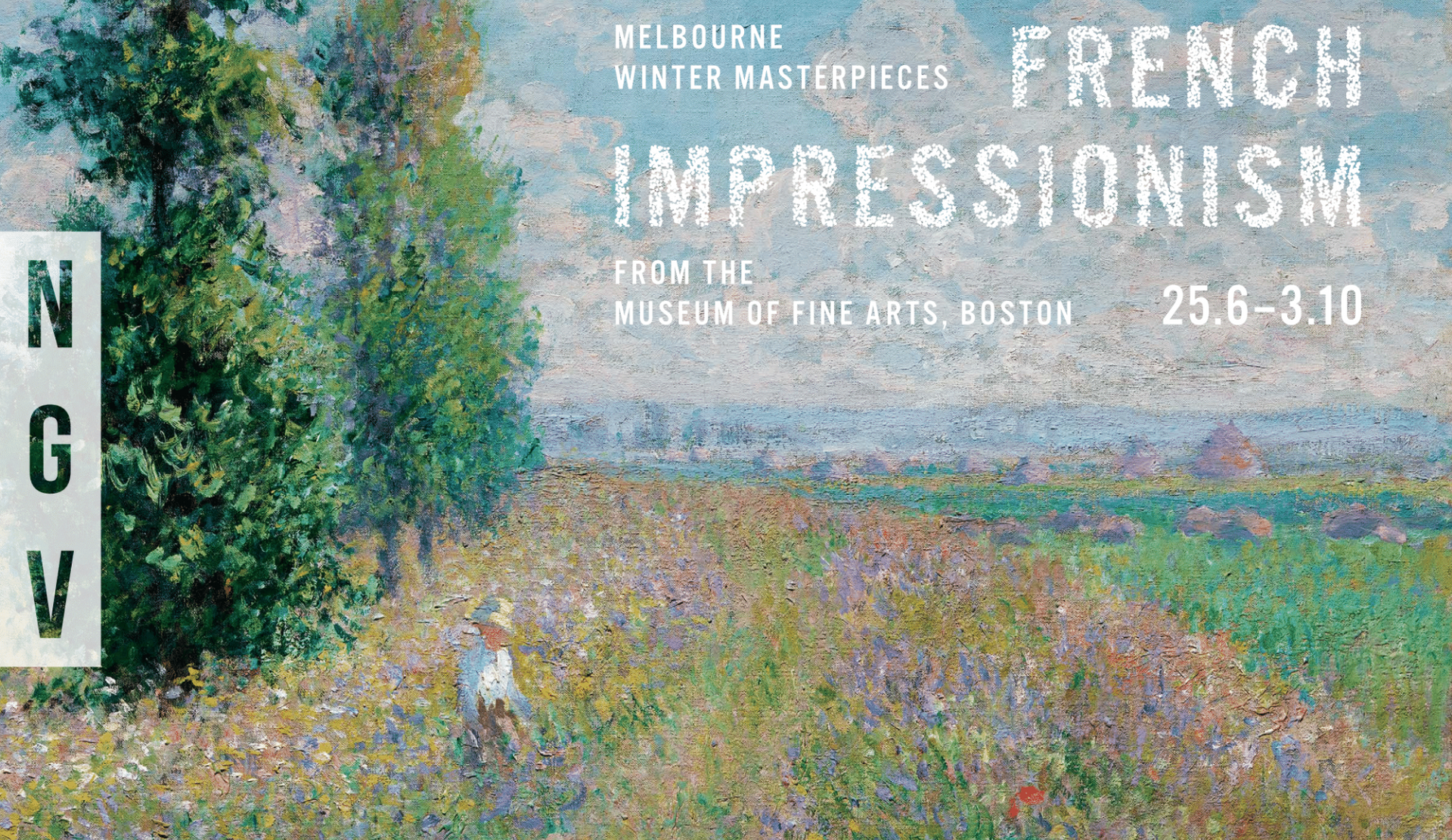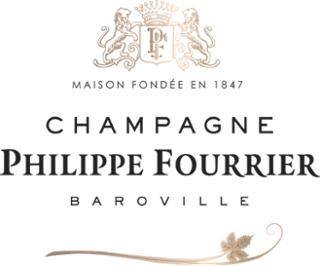Mardi Gras: The Pleasures of Shrove Tuesday
The name “Shrove Tuesday” arises from it marking the culmination of the season known as Shrovetide which includes indulging in food that one might give up as their Lenten sacrifice.
Also known as Fat Tuesday, Mardi Gras and Pancake Tuesday, the Tuesday before Lent is the last chance to feast for 40 days. Shrove Tuesday gets its name from the practice of ‘shriving’, an old term for the practice of confession. Before the beginning of Lent, a period of fasting and repentance, Christians confess and receive forgiveness from sins so that they can start Lent guilt-free.
On Shrove Tuesday, the final day of the Shrovetide season, many Christians, such as Anglicans, Lutherans, Methodists, and Roman Catholics, have an emphasised focus of self-examination, reflecting on what sins they need to repent for, and what improvements in life or aspects of spiritual growth they need to ask God’s help in edifying.
Shrove Tuesday serves multiple purposes of encouraging Christians to repent of their sins before the start of Lent on Ash Wednesday and also giving them the opportunity to partake in a last round of jubilation before the beginning of the austere Lenten season, which is characterised by making a Lenten sacrifice, fasting, praying and several spiritual disciplines, such as checking a Lenten calendar and reading a daily devotional.
In some countries, such as the United Kingdom, Ireland, and parts of the Commonwealth, Shrove Tuesday is also known as “Pancake Day” or “Pancake Tuesday”, as it became a common practice to eat pancakes as a celebratory meal.
This evening is an opportunity for families to eat certain foods that would be banned during Lent, such as Meat, Eggs, Flour, Milk and fatty foods. Using many of these ingredients, Pancakes became popular in England as a way of using up those items that remained in pantries.
So historically, Mardi Gras is the day for eating up the last of the rich and fatty foods that remain in the house and for having a big celebration before a long period of discipline and repentance. Let us notice that ”Gras” means fat in French.
Today, less people observe Lent, and the celebration of Mardi Gras or Carnival has very little to do with religion. Although found primarily in Roman Catholic areas and based on the tradition of Shrove Tuesday, Carnival is now a social fun event for the community. People more than ever like to celebrate Mardi Gras, attracted by its joyful party atmosphere, music, food, and parades. It is however an event that is characterised by noisy celebration to an excess that the Church frowns upon.
If you can’t wait until Shrove Tuesday for a good reason to eat pancakes, head to France, whose ‘Pancake Day’ is on Candlemas (‘La Chandeleur’) which is the 2nd of February. Religiously, February 2nd is known in the Christian faith as Candlemas (Candlemass). It marks the day that Jesus was presented at the temple in Jerusalem 40 days after his birth and is celebrated by Christians bringing candles to church to be blessed. The candles serve as a symbol of Jesus, who is known in the faith as the Light of the World. However, before becoming a religious holiday, this date was celebrated by pagans celebrating the fertility of the earth and the end of winter. One French tradition is to hold a coin in one hand and flip the pancake with your other hand. If you catch the pancake in the pan, that will bring good luck for the coming year.
So whether Pancake Day is celebrated in France on 2nd February or around the world on Mardi Gras, Shrove Tuesday gives the people a special reason to feast and gather together in respect of the traditional religious reasons but much more socially nowadays. And in France Mardi Gras is another opportunity to celebrate the end of winter since the Antiquity (calends of March) and the upcoming of Spring. So on that day, French people will join the rest of the world in celebration, eating crepes again of course and have fun in organising exciting fancy dressed parades in the streets, with lots of rich food and music to create a special atmosphere of joy in the community.
Hungry for crepes after reading about Pancake Day? Check out our recent recipe for Crepes Suzette on Facebook and Instagram !
















